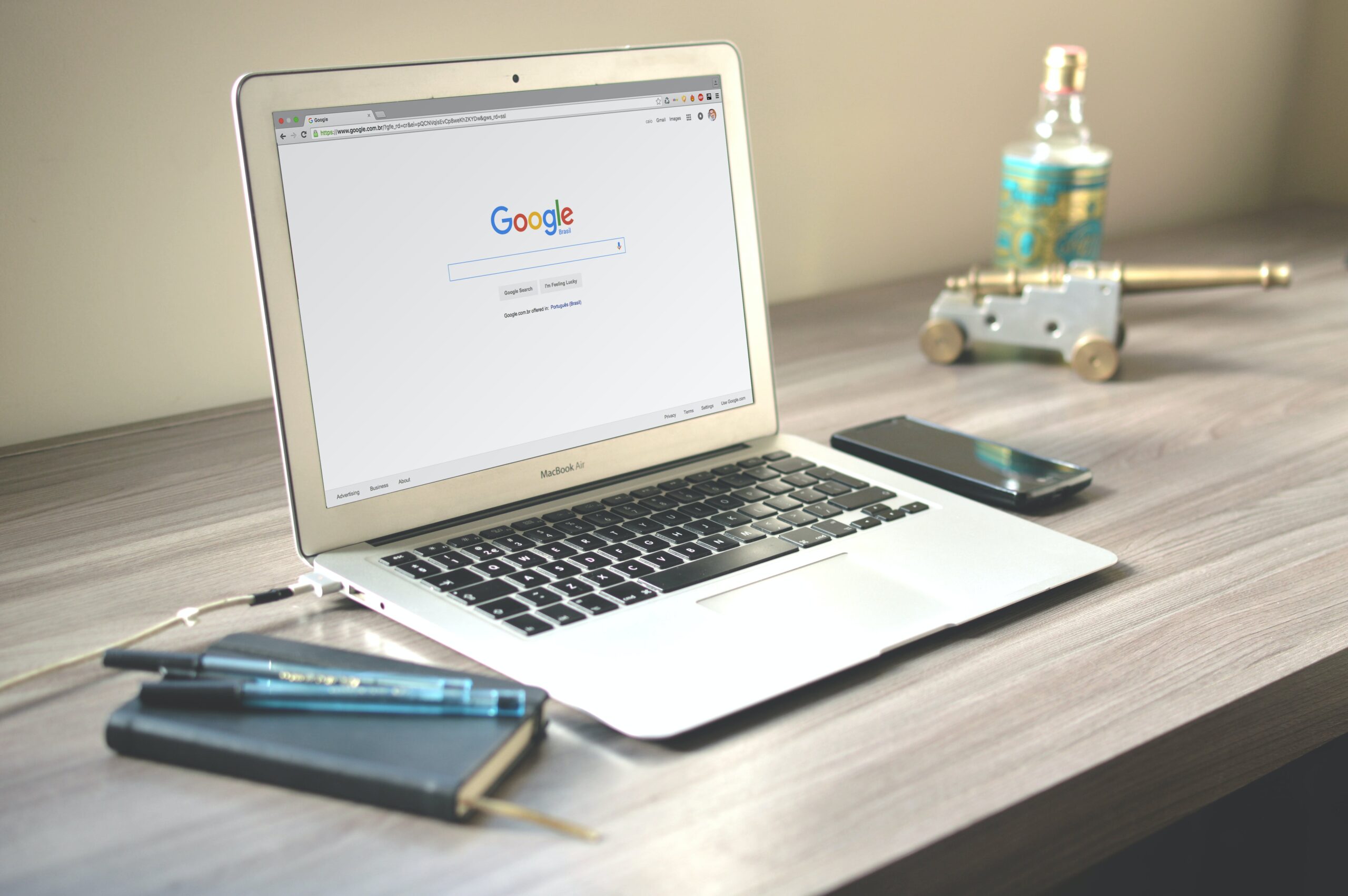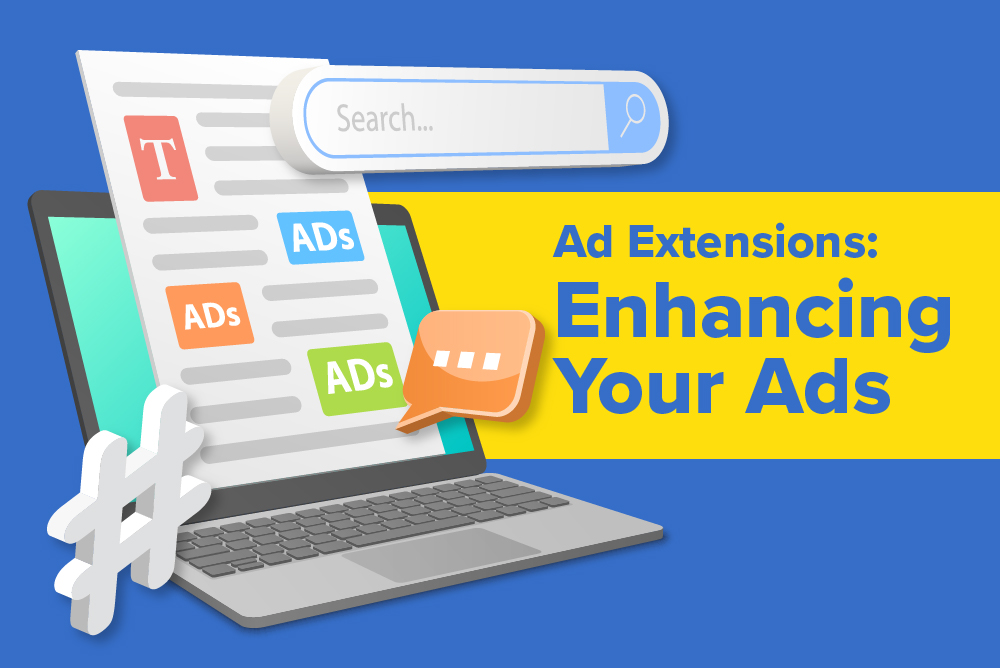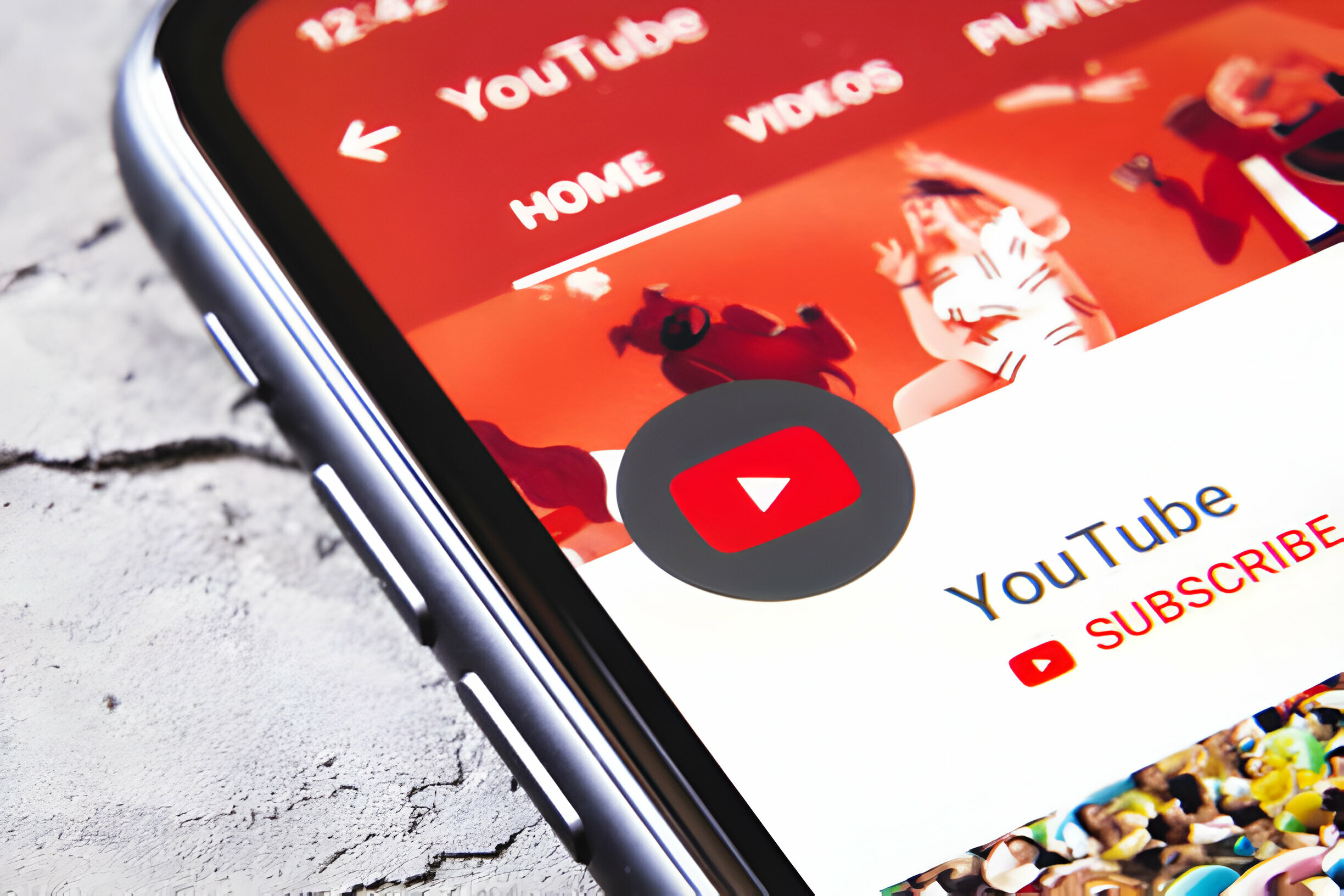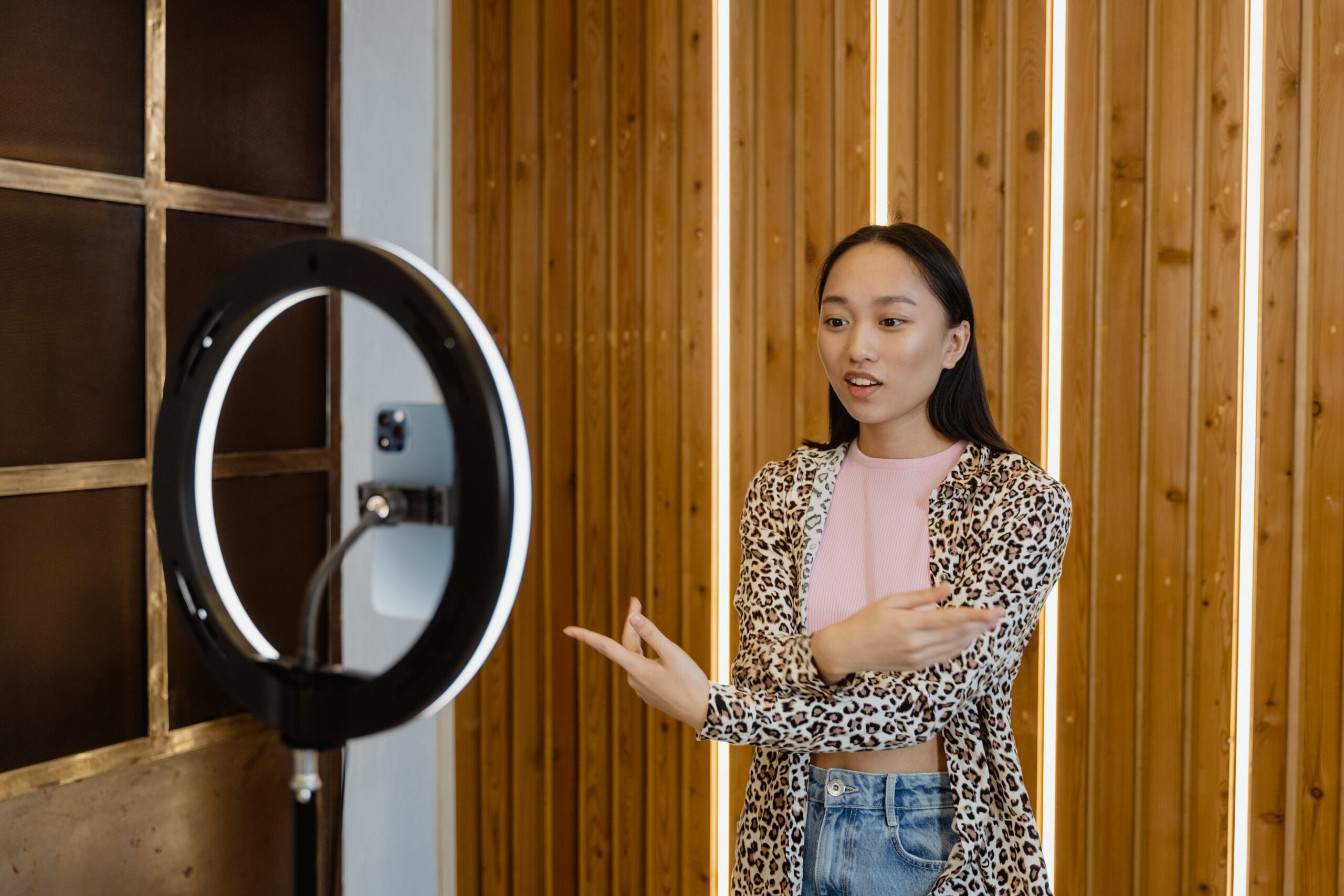In B2B marketing, leveraging Google Ads is not just a strategy, but a necessity for staying ahead. By embracing the best practices in Google Ads, businesses can effectively target their specific industrial audience, ensuring that their marketing efforts are not just seen, but also resonate with the right decision-makers. From crafting compelling ad copy to optimising bids for maximum ROI, these strategies are crucial in navigating the competitive landscape of B2B marketing. With a focus on continuous analysis and adaptation, Google Ads becomes a powerful tool in the arsenal of any B2B marketer seeking to make a significant impact in their industry.
1. Keyword Strategy For B2B
When developing a Google Ads strategy for B2B companies, an effective keyword strategy is paramount. This strategy should be well-thought-out and robust, focusing on the specific needs and pain points of the target audience, and leveraging various keyword match types and negative keywords to optimise the campaign.
Focusing on the right keywords
B2B businesses should prioritise long-tail keywords in Google Ads, which are more specific and less competitive. These keywords better match the intent of B2B buyers, who often conduct detailed, solution-oriented searches. For example, instead of using broad terms like “software solutions,” use more specific phrases like “cloud-based accounting software for small businesses.”
Keyword match types
Using different keyword match types allows for greater control over ad triggers:
- Broad Match: In B2B Google Ads, this default match type can trigger ads for a wide range of searches, including synonyms and related searches. For example, if your keyword is “industrial equipment,” your ad might show up for “heavy machinery” as well.
- Broad Match Modifier: By adding a ‘+’ sign before your keyword (e.g., +industrial equipment), your ad will show up for searches that include the modified term (or close variations), providing slightly more control than broad match.
- Phrase Match: Placing your keyword in quotes, like “industrial equipment”, ensures that your ad appears for searches that include the exact phrase or close variations of it.
- Exact Match: Using brackets, e.g., [industrial equipment], your ad will only show for searches that match the exact term or are very close variations.
Utilising negative keywords
Negative keywords are crucial for filtering out unwanted traffic, helping to focus on more qualified leads:
- Irrelevant Searches: In your B2B Google Ads, exclude searches that aren’t relevant to your business. For example, if you’re selling enterprise software, you might want to exclude searches related to “free software” or “software tutorials.”
- Unqualified Traffic: Exclude terms that attract browsers, not buyers, like “free,” “cheap,” or “how to.”
2. Concise And Compelling Ad Copy
Crafting concise and compelling ad copy is a critical element in B2B Google Ads strategies. The objective is to communicate the value proposition clearly and enticingly within a limited word count, ensuring that the message resonates with the target audience.
- Clarity and brevity: The ad copy should be straightforward and to the point. Avoid jargon and complex language. For instance, instead of saying, “Utilise our state-of-the-art, technologically advanced CRM software,” a more direct approach would be, “Streamline your customer management with our easy-to-use CRM software.”
- Focus on benefits, not features: Highlight in your B2B Google Ads how your product or service can solve a problem or improve the client’s business operations. For example, instead of listing technical specifications of a cloud storage solution, your ad could say, “Secure and accessible cloud storage to boost your team’s productivity.”
- Strong call-to-action (CTA): Encourage immediate action with a clear CTA. Phrases like “Sign up for a free trial,” or “Schedule a demo today” are direct and convey a sense of urgency.
- Use of numbers and statistics: Incorporating data can be highly effective. An ad stating, “Join 500+ satisfied clients improving their workflow with our software,” is more compelling than a vague claim of popularity.
- Testimonials or endorsements: If space permits, include a short, powerful testimonial. An ad copy like, “Rated 5/5 by industry leaders for efficient project management,” instantly builds credibility.
- Emphasise unique selling points (USPs): Highlight what sets your product or service apart. An ad for a cybersecurity service could say, “Advanced cybersecurity tailored for SMEs – protect your data without complexity.”
By focusing on these elements in your strategy, B2B companies can create Google Ads that are not only attention-grabbing but also effectively communicate the core message and value of their offerings. Concise and compelling ad copy ensures that every word works towards engaging the target audience and driving conversions.
3. Targeted Landing Pages

Targeted landing pages are a cornerstone of effective B2B Google Ads strategies, serving as the critical junction where potential leads convert into customers. These pages must be meticulously crafted to align with the specific messages and offers presented in the ads.
- Alignment with ad content: Ensure that the landing page directly corresponds to the ad. For instance, if your ad is promoting a “30-day free trial of project management software,” the landing page should focus exclusively on this offer, not general information about all your products.
- Clear and concise messaging: Just like your B2B Google Ads, the landing page content should be clear and to the point, emphasising the benefits of your product or service. Use headings and bullet points for easy readability. For example, a landing page for a business analytics tool might have a heading like “Transform Your Data into Insights” followed by bullet points detailing key benefits.
- Strong call-to-action (CTA): The CTA should be prominently displayed and easy to find. Use action-oriented language that encourages the visitor to take the next step, such as “Start Your Free Trial” or “Download Our Whitepaper.”
- Optimised form fields: If your landing page includes a form, keep it as streamlined as possible. Ask only for essential information to avoid deterring potential leads. For example, a form for a webinar sign-up might only require a name, email, and company name.
- Relevant visuals and testimonials: Include images or videos that are relevant to the offer in your B2B Google Ads, and testimonials or case studies that provide social proof. A landing page for a CRM system, for example, could include a testimonial from a satisfied client detailing how the system improved their sales process.
- Mobile optimisation: Ensure that the landing page is responsive and looks good on mobile devices, as a significant portion of B2B decision-makers use mobile devices for research.
4. Strategic Remarketing
Strategic remarketing is a sophisticated strategy in B2B Google Ads, focusing on recapturing the interest of potential customers who have previously interacted with your brand but did not complete a conversion action. When executed correctly, it can significantly increase conversion rates, but it requires a thoughtful and tailored approach.
- Bid on conversion with tailored value propositions: Remarketing efforts should revolve around the unique value you can provide to the prospects, especially based on their previous interactions. For example, if a potential customer visited a product page but did not make a purchase, a retargeted Google ad in a B2B campaign could offer an exclusive discount or an extended trial period for that specific product.
- Time-delayed retargeting to avoid ad fatigue: Constantly bombarding prospects with the same ad can lead to ad fatigue, diminishing the effectiveness of the B2B Google Ads campaign. Implementing time-delayed retargeting Google Ads campaigns helps to keep the messaging fresh and engaging. For example, you could set a sequence where a prospect who visited a service page is first retargeted with an informational ad about the service, followed by a testimonial ad a week later, and perhaps an exclusive offer after two weeks.
- Segmented retargeting campaigns: Segment your audience based on their interaction level in your B2B Google Ads and tailor the ads accordingly. For example, in a B2B Google Ads context, someone who downloaded a whitepaper might receive different retargeting content than someone who just viewed a product page. This segmentation approach allows for more personalised and relevant advertising, targeting users based on their specific actions and engagement level with your business, thereby enhancing the effectiveness of your B2B digital marketing efforts.
- Incorporate different designs and messages: Keep your retargeting ads dynamic in B2B Google Ads by varying the design and messaging. This approach helps to re-engage the audience with fresh content within the context of B2B marketing. For example, in B2B Google Ads, alternating between a case study, a product demo video, and a user testimonial can provide diverse content that keeps the audience engaged. This strategy ensures that your B2B audience remains interested and connected to your brand, facilitating a more effective engagement and conversion process in your B2B Google Ads campaigns.
5. Optimising Bids
Optimising your bids based on your campaign objectives is a critical B2B Google Ads strategy. Smart bidding strategies can significantly enhance the performance of your campaigns by aligning your bid amounts with your specific goals, whether it’s maximising conversions, increasing click-through rates, or enhancing brand awareness.
- Align bids with campaign objectives: First, clearly define your B2B Google Ads campaign objectives. If your primary goal within B2B Google Ads is to maximise conversions, you might use a strategy like Target CPA (Cost Per Acquisition), where you set the desired amount you’re willing to pay per conversion. For instance, in a B2B Google Ads scenario, if your objective is to acquire leads at no more than $50 per lead, Target CPA bidding can automatically adjust your bids to stay within this range. This strategy ensures that your spending aligns closely with your specific conversion goals in the B2B context.
- Leverage automated bidding for efficiency: Automated bidding strategies in Google Ads are particularly effective for B2B marketing, as they use machine learning to analyse a vast amount of data and optimise your bids in real-time. This approach takes into account various factors like device, location, time of day, and more to determine the optimal bid for each auction. For example, if your goal is to enhance brand awareness, you might use target impression share bidding, which automatically sets bids to achieve a specific percentage of impressions.
- Data-driven decision making: Automated bidding removes much of the guesswork and manual labour involved in bid management. This strategy allows for more data-driven decisions, improving the chances of meeting your campaign objectives. For example, if you are running a campaign to increase downloads of a B2B white paper, Google Ads can analyse past data to understand which bid amounts are likely to bring in the most qualified traffic, adjusting your bids accordingly.
- Monitoring and adjusting bids:While leveraging automated bidding in B2B Google Ads, it’s still important to monitor your campaigns and make adjustments as needed. Keep an eye on metrics like conversion rates, cost per conversion, and return on ad spend (ROAS) to ensure that your bidding strategy in B2B Google Ads aligns with your business goals. Regular oversight and fine-tuning of your campaigns are crucial to ensure that they continue to perform effectively and efficiently, meeting the specific objectives of your B2B marketing strategy.
6. Ad Extensions
Utilising ad extensions in Google Ads is a powerful B2B strategy to maximise the effectiveness of your ads. Ad extensions expand your ad with additional information, providing more reasons for potential leads to click. They enhance your ad’s visibility and increase its real estate on the search results page, leading to potentially higher click-through rates.
- Sitelink extensions: Sitelink extensions add additional links to your Google ad, directing users to other relevant pages on your website. For a B2B company, this could include links to product pages, testimonials, case studies, or contact forms. For example, an ad for a business software company could have sitelinks to “Free Trial,” “Product Demo,” “Customer Success Stories,” and “Contact Sales.”
- Callout extensions: These are short, descriptive texts that highlight key selling points or offers. They are not clickable but serve to enhance the value proposition of your ad strategy. A B2B Google ad could include callouts like “24/7 Customer Support,” “Award-Winning Solutions,” or “Flexible Pricing Plans.”
- Structured snippets: Structured snippets allow advertisers to showcase specific aspects of their products or services. These are predefined headers like “Services,” “Types,” or “Models,” followed by a list of items. For instance, a cloud service provider could use structured snippets to display “Services: Cloud Storage, Data Security, Cloud Computing.”
Unlock Your B2B Marketing Potential with First Page’s Expertise in Google Ads

Mastering the game of B2B Google Ads requires a strategic blend of targeted keyword selection, compelling ad copy, optimised landing pages, smart bidding, strategic remarketing, and the effective use of ad extensions. These strategies and best practices are key to navigating the complex landscape of B2B digital marketing and achieving significant returns on investment.
For businesses looking to elevate their B2B Google Ads strategies to the next level, partnering with one of the best digital marketing agencies in Singapore like First Page can be a game-changer. Whether your focus is on Google Ads or Facebook Ads, our expertise in both platforms positions us uniquely to cater to your specific marketing needs. With our expertise in Google Ads services and Facebook Ads services, we can help businesses not only implement these strategies effectively but also continuously optimise and tailor them to meet the unique needs and objectives of each campaign. By leveraging the skills and knowledge of our team, businesses can expect to see enhanced campaign performance, higher conversion rates, and a stronger digital presence in their respective industries.
Ready to amplify your B2B marketing success? Connect with First Page today and embark on a journey to transform your digital advertising strategies!

















